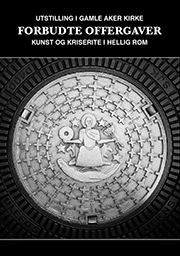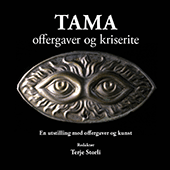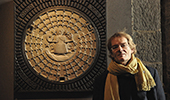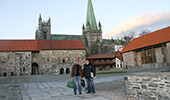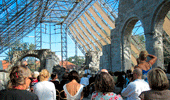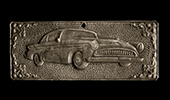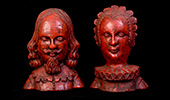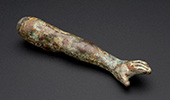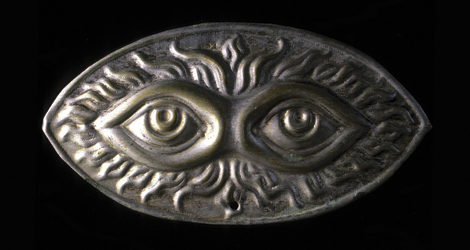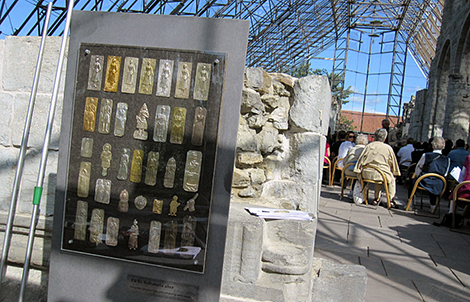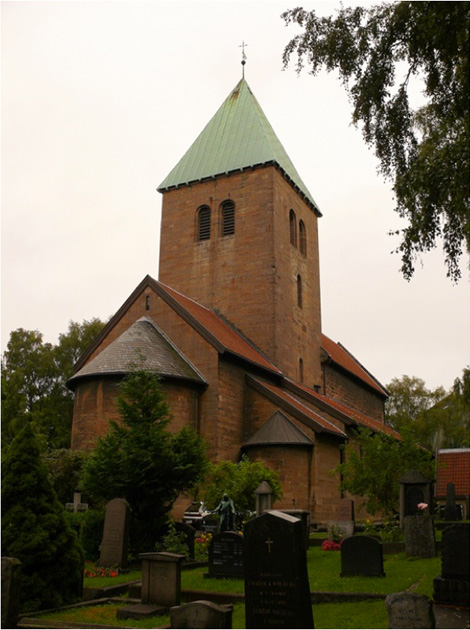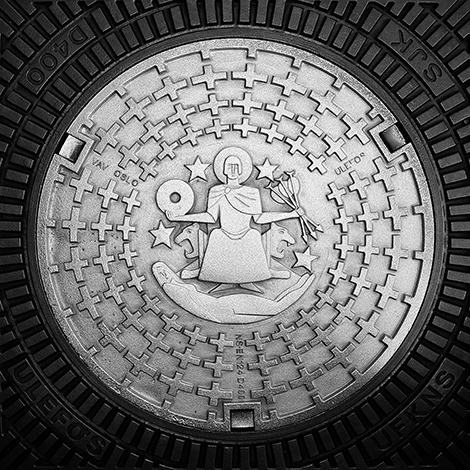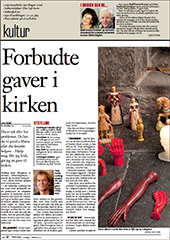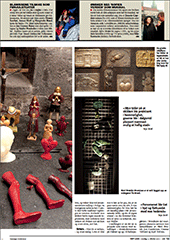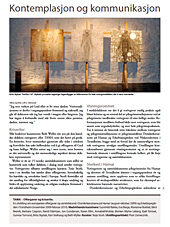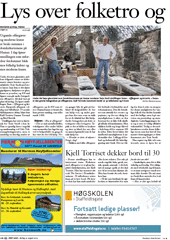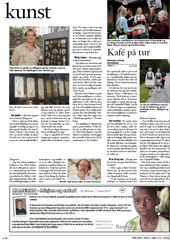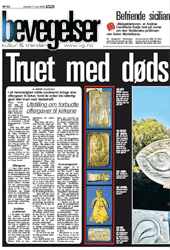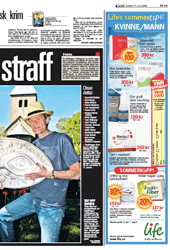 |
||
|
CONTENTS Catalogue for the exhibition in the Old Aker Church 2012 (In Norwegian) (PDF 8 MB) Letters of recommendation (PDF) Photos from the exhibition in the Old Aker Church, Oslo, October 2012 Photos from the exhibition opening in the ruins of the Hamar Cathedral, 22. august 2009 Greek and german votiv offerings from the collection. 20. century. Photo: Lill-Ann Chepstow-Lusty Greek and german votiv offerings from the collection. 20. century. Photo: Morten Løberg Antique roman votiv offerings. Photo: Science Museum, London |
TAMATAMA is the Greek word for votive offering, also called ex-voto or milagro. (in Norwegian: låvegave. Votive is Latin for vow or promise).
The votive offering is central in one of mankind’s oldest and most commonly practiced offering rites. People promise gifts to the divine powers, to overcome diseases and problems of all kinds. In accordance with the vow, the gifts are brought to holy places with miraculous power, in gratitude or in the hope of receiving help. Over the last twenty years I have acquired a substantial collection of contemporary popular votive offerings from a number of European countries, mostly metal reliefs and wax figures, representing different body parts or other objects having to do with the problem. For fifteen years I have been engaged in penetrating the matter and exposing it to the Norwegian public making a number of exhibitions. I admit to the satisfaction from sharing my joy and fascination over these mysterious and beautiful living figures, touching something lost and worth longing for, that reaches back to where it all began. BACKGROUNDLiving in a predominantly protestant country, I have found that the ancient and still vital, worldwide practice of votive offerings is unknown to most Norwegians. The Reformation forbade and condemned the tradition in a united effort by Church and state. Today we make the exception, not exercising these rites, and still more exceptional, being rather ignorant of its present existence. Despite the suppression, the practice continued for centuries in a number of places after the Reformation, more or less in secret, especially in rural and remote areas. Only fragments of this part of our history are documented; neither do we know much about the practice before the Reformation. In spite of all this, there is a growing interest in our country to rediscover and revitalize our past pilgrim traditions. This has become a political goal set by the state and the Protestant church together. The old pilgrim routs are being restored, and the emphasis has been on the walking, the nature and the contemplation. Since votive gifts all over the world have always played an important part in peoples pilgrim traditions, the subject is therefore a potential for renewed interest. THE EXHIBITIONSThe votive offering is a way to cope with crises, through people’s communion with the supernatural powers, expressing their humble gratitude or hope for miraculous help. The gifts in my collection are wax figures and metal reliefs, the motifs usually simple and common, to be understood and appreciated by anybody, whatever background or age. As such they are all pictures, part of mankind’s possibly oldest pictorial tradition, identifying and transferring the message and matter of the various problems to the godly powers, as promised when praying for help. I wanted the exhibition to take place in buildings where such gifts were originally received in the Middle Ages. To create an atmosphere of openness, overcoming any inherent prejudice and condescension towards “old magic and superstition”, I avoided posters with explanatory texts giving preconceived conclusions, and included works by Norwegian contemporary visual artists. Twenty outstanding Norwegian artists have so far participated, allowing the votive offerings, the artworks and the building to meet and make up the three interrelating elements of the exhibition.
In 2009 I was welcomed to the fabulous ruins of the once proud Hamar Cathedral (above), situated on the pilgrimage trail to Nidaros, now gracefully protected under the fabulous glass structure designed by the architect Kjell Lund. Continuing to Trondheim, the famous archbishop’s residence by the Nidaros Cathedral was opened for the exhibition. The cult around St Olav made the church an important pilgrimage destination in Europe during the Middle Ages. Coming back to Oslo, I was invited by the parish priest and council of the Old Aker Church (below), the Romanesque basilica being the oldest building in Oslo, to open its doors for an exhibition in October 2012. Photographs of the exhibitions are to be found on this website.
Many of the texts in the catalogues have been written for the occasion by prominent and distinguished Norwegian specialists and professionals in the field. They are generously illustrated and to be found in Norwegian on this webpage. I am therefore most obliged for the participation and support from a number of people and institutions, both private and public. (See the part in Norwegian.) ST HALLVARD OF OSLOMy present ambition is to focus on the St Hallvard and the Cathedral in Oslo consecrated in his name. Hallvard Vebjørnsson was sainted in the 11 hundreds after dying as a young man in a brave attempt to save the life of a pregnant woman trying to escape from two men pursuing her and mistakenly accusing her of thievery. He became the patron saint of the city, and has been so ever since. The illustrated symbols of his fate make up the city seal and its emblem, adorning official buildings, papers and websites, as well as the manholes in the streets. The remains of Hallvard Vebjørnsson used to be kept in a large silver reliquary on the altar in the Cathedral, making the church one of the most important Scandinavian pilgrimage destinations. Votive offerings of various kinds and values in large quantities must therefore have been left in the church through the years. The cathedral was robbed during the Reformation, and finally torn down in the 16 hundreds, leaving the base ruins for the future, now being an important part of the plan for the restoration of “Medieval Oslo”.
In 2014, Oslo will be celebrating 700 years as the capital of Norway. In the Middle Ages the city was open for people from all over Scandinavia to bring their gifts, seek help or to express gratitude towards the saint who courageously gave his life trying to save a helpless stranger. The story of the city’s patron saint, his church and the emblem of the capital, therefor has a potential of renewed meaning and importance for the present inhabitants, and the people knocking on the city gate. Oslo, January 27, 2013 Terje Storli |
I MEDIA Intervju i Ekko NRKs aktuelle samfunnsprogram, 23.12.12 (Mp3) Artikkel i Vårt Land 17.10.12: Artikkel i Vårt Land: Artikkel i Hamar Arbeiderblad (PDF): Artikkel i VG: |
|
| E-mail | |
||
